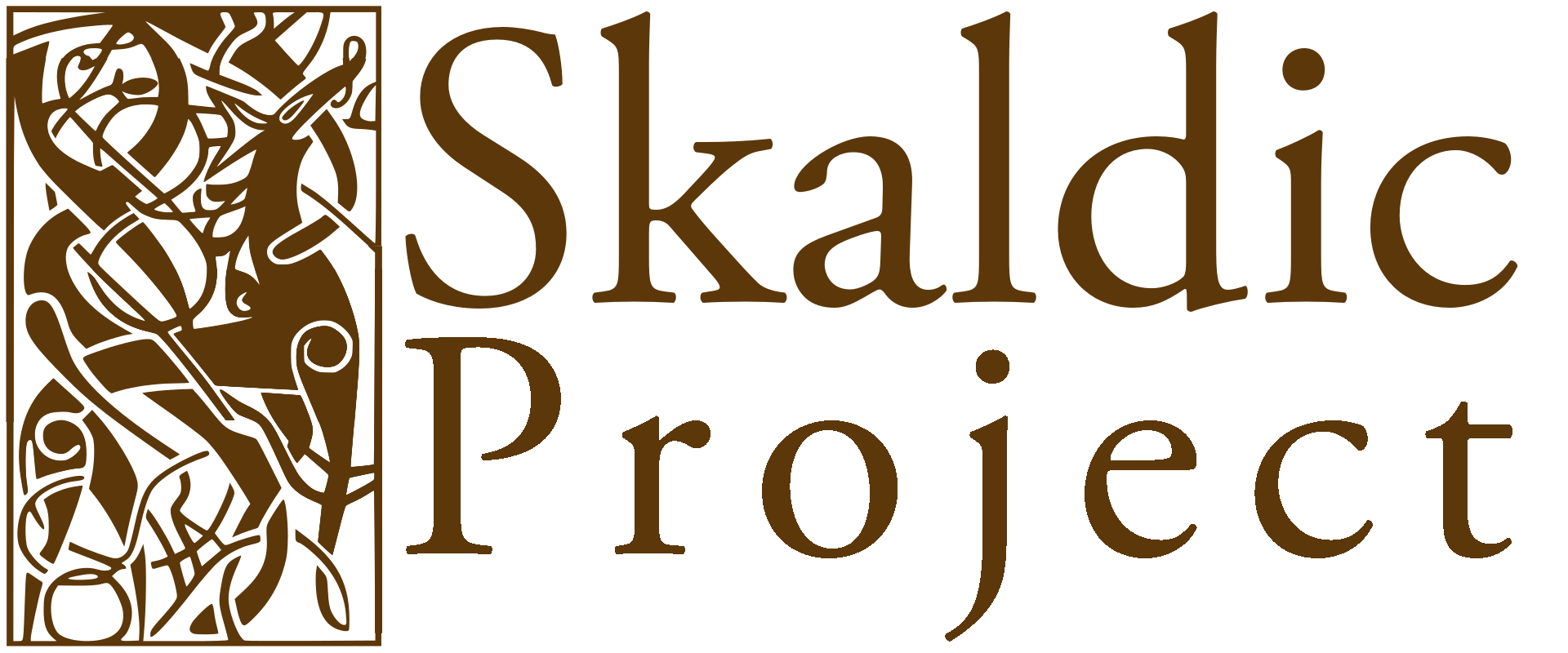Þul Dverga 5III/7 — Hǫgstari ‘Hǫgstari’
Fáinn, Fár*, Fíli, Fjǫlsviðr, Glóinn,
Fiðr, Hár, Farli, Frosti ok Tigvi,
Hannarr, Forvé, Heptifíli,
Heri, Hǫgstari ok Hornbori.
Fáinn, Fár*, Fíli, Fjǫlsviðr, Glóinn, Fiðr, Hár, Farli, Frosti ok Tigvi, Hannarr, Forvé, Heptifíli, Heri, Hǫgstari ok Hornbori.
Fáinn, Fár*, Fíli, Fjǫlsviðr, Glóinn, Fiðr, Hár, Farli, Frosti and Tigvi, Hannarr, Forvé, Heptifíli, Heri, Hǫgstari and Hornbori.
readings
[7] Heri Hǫgstari: ‘h[…]ri h[…]gst[…]’ B, ‘herí hagstare’ 744ˣ
notes
[7] Hǫgstari: So A. Ms. B is damaged (‘h[…]gst[…]’) and 744ˣ has ‘hagstare’. The LaufE mss have Hogstari, which supports the A reading. Hǫgstari is a hap. leg. The name may be interpreted as ‘one stubborn with blows’ (Hǫg- for hǫgg n. ‘blow’ and the adj. starr ‘stiff, firm’). If the first element is Hug- rather than Hǫg- (so Gylf, SnE 2005, 16 and adopted in Skj B and Skald), the word would mean ‘bold one’ (cf. hugr m. ‘mind’; for both possibilities, see Gould 1929, 949). The dwarf-name Haugspori ‘mound-stepper’ in Vsp 15/3 may be a variant of Hǫgstari.
